At this French corner, there is full of little jewels: castles, villages, nature… and impressive architecture such as Chartres Cathedral. Here is the link to the article in which I talk about the city of Chartres http://www.beauty-is-all-around.com/en/france-en/chartres-3/
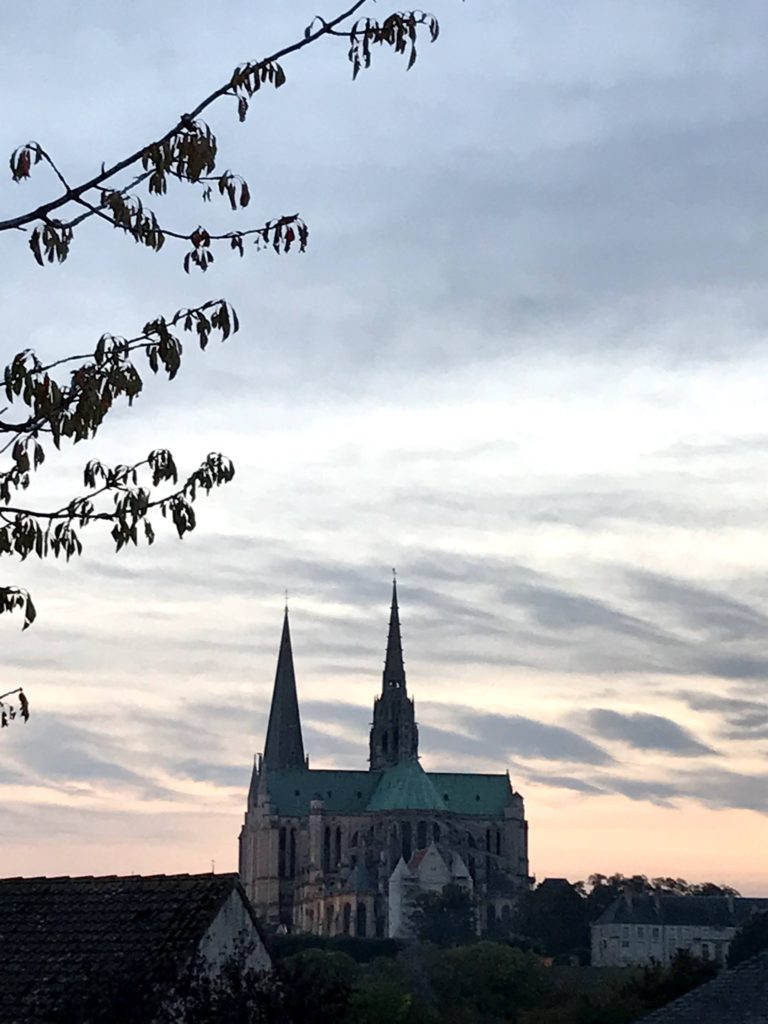
Like other departments in France, Eure-et-Loir also owes its name to the rivers that flow through it: the Eure which comes from the Seine river and the Loir which belongs to the Sarthe river.
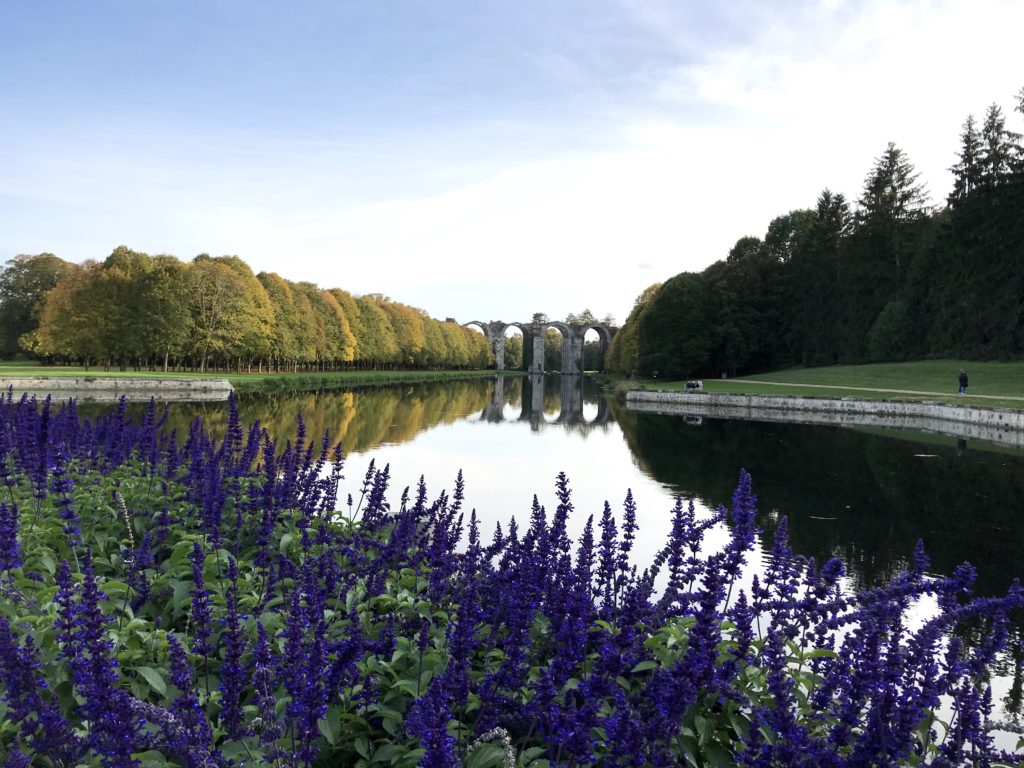
You can enjoy the natural park of Perche: you can go horse riding, hiking, cycling, mushroom hunting… I leave you a link with ideas and an interesting video about this regional park. http://www.parc-naturel-perche.fr/en
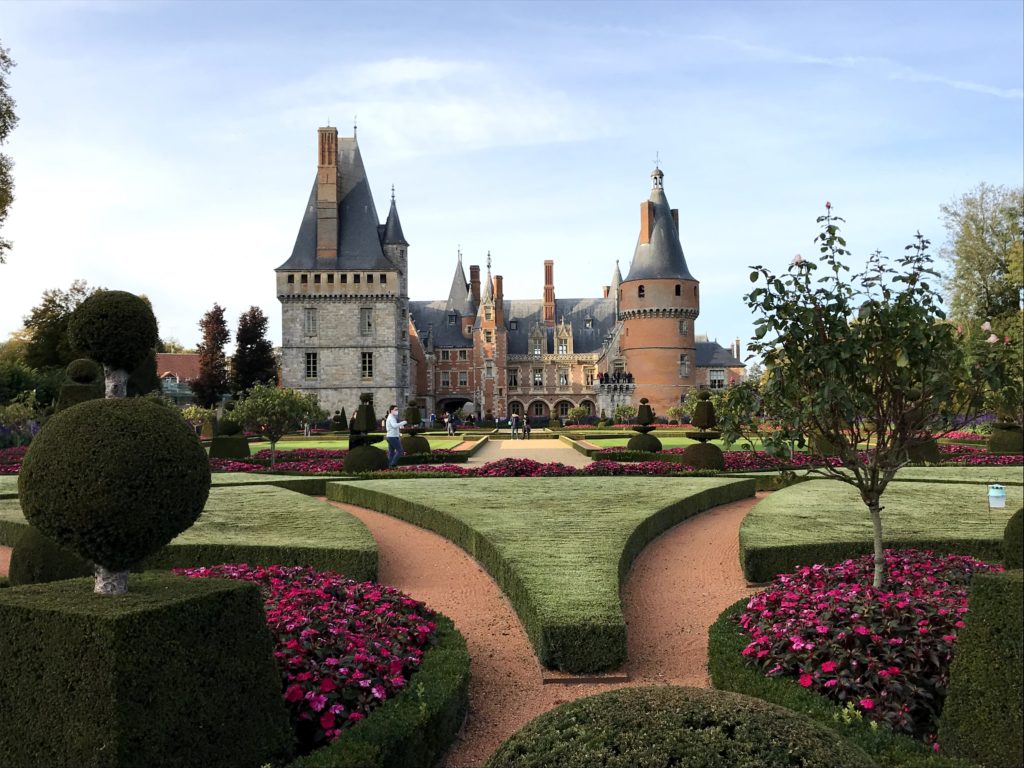
One of my favourite castles is the “Château de Maintenon” and its aqueduct. The castle already existed as a fortress since the 13th century but it was thanks to Françoise d’Aubigné (Madame de Maintenon) that it was transformed into the architectural beauty we know today.
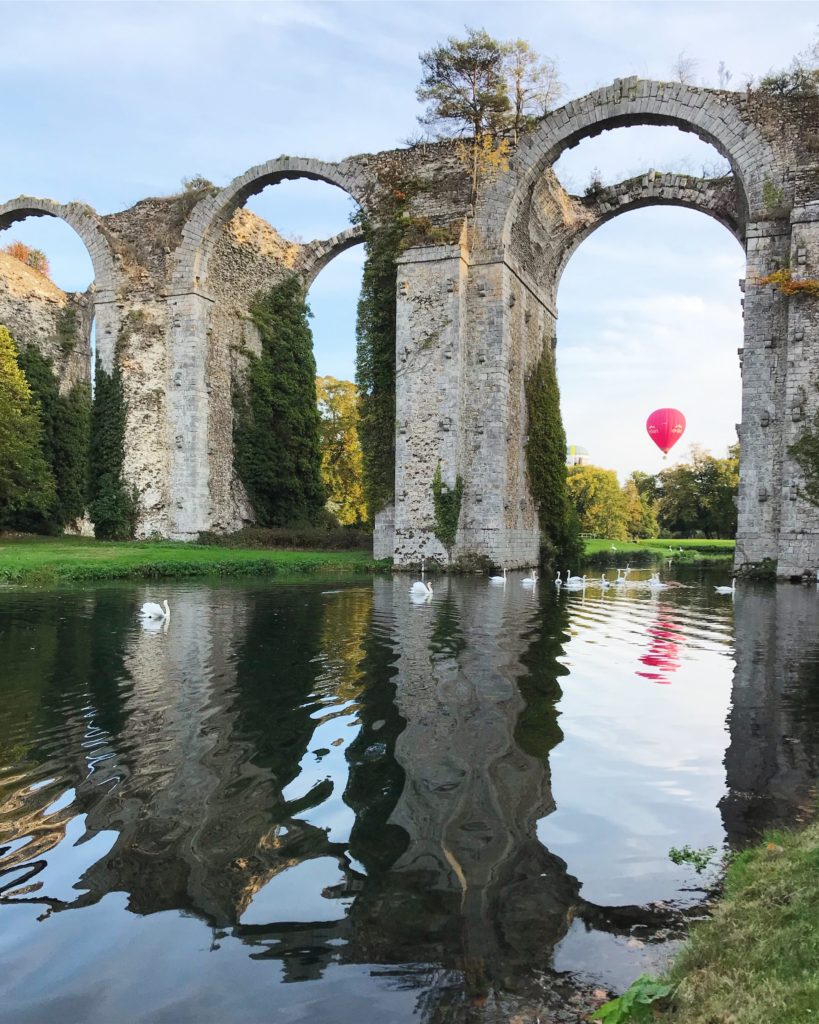
In 1674, Madame de Maintenon got the money to renovate the castle thanks to her relationship with King Louis XIV, and so it was transformed from a fortress into a residence for the nobility.
If you wonder what relationship the king and Madame de Maintenon had, she was his last (even secret) wife. They had no direct descendants, so Madame de Maintenon offered the château to her niece Françoise Amable d’Aubigné as a dowry for her marriage to the Duke of Noailles. Hence the château passed into the hands of the Noailles family. Here is a link about Madame de Maintenon and her special relationship with Louis XIV.https://en.wikipedia.org/wiki/Fran%C3%A7oise_d%27Aubign%C3%A9,_Marquise_de_Maintenon
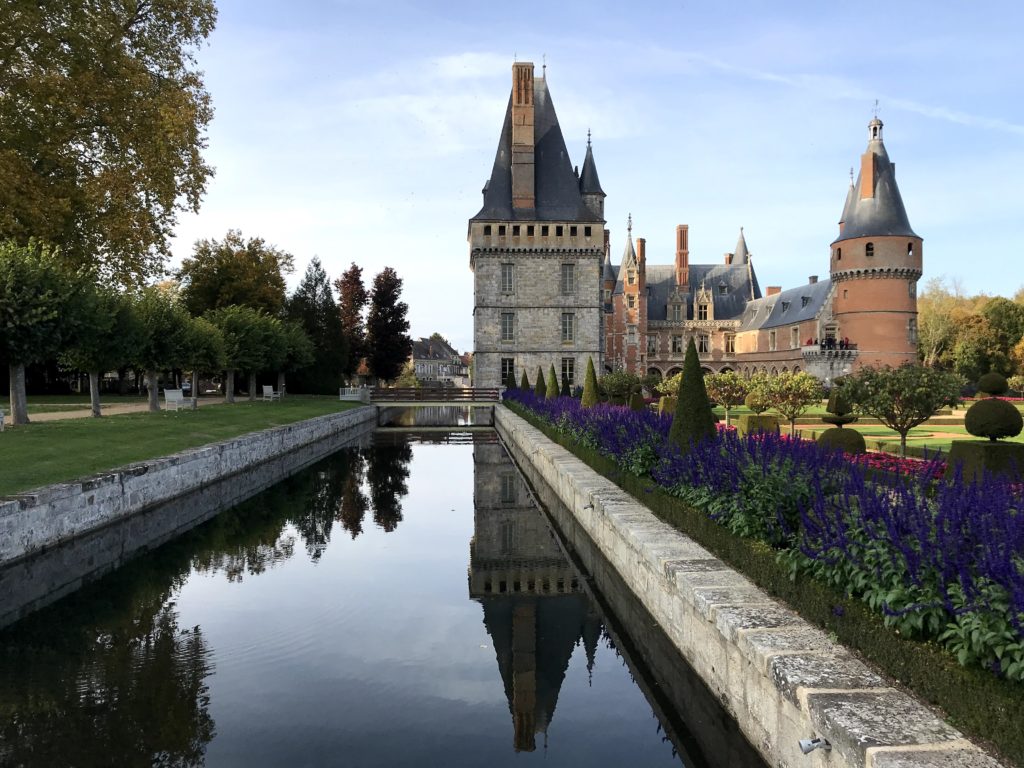
The aqueduct was built by Vauban and served to bring water from the Eure to the fountains of the Château de Versailles. Louis XIV wanted the water in the fountains of Versailles to run day and night but there was not enough water for such a whim in Versailles. So they decided to transport it from the river Eure.
It’s stunning beautiful a walk through the gardens, around the romantic ruins of the aqueduct and watching the swans splashing in the river. You can also take hot-air balloon rides like the one in the photo.
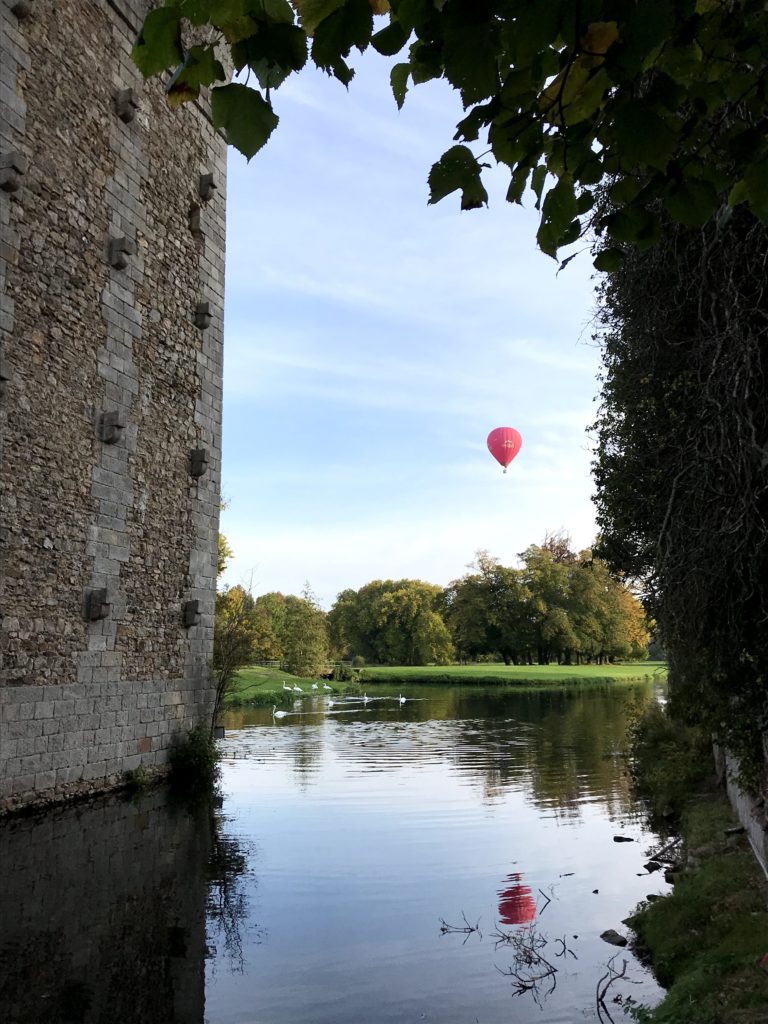
Further south, the Château de Châteaudun was the residence of Jean de Dunois (half-brother of Charles I d’Orléans and companion-in-arms of Joan of Arc).
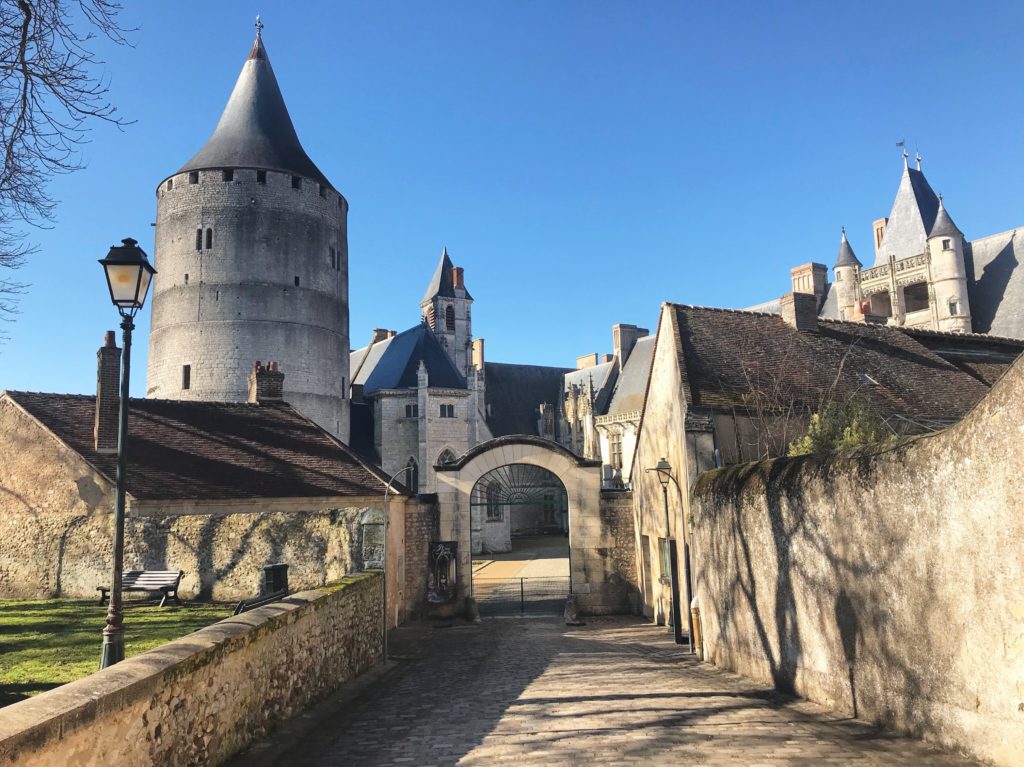
Originally the castle ws a fortress of military architecture. It was Dunois who added the Gothic style. The chapel is also part of the “Holy Chapels” of France, of which there are seven in total. More information on the link: https://fr.wikipedia.org/wiki/Saintes_chapelles
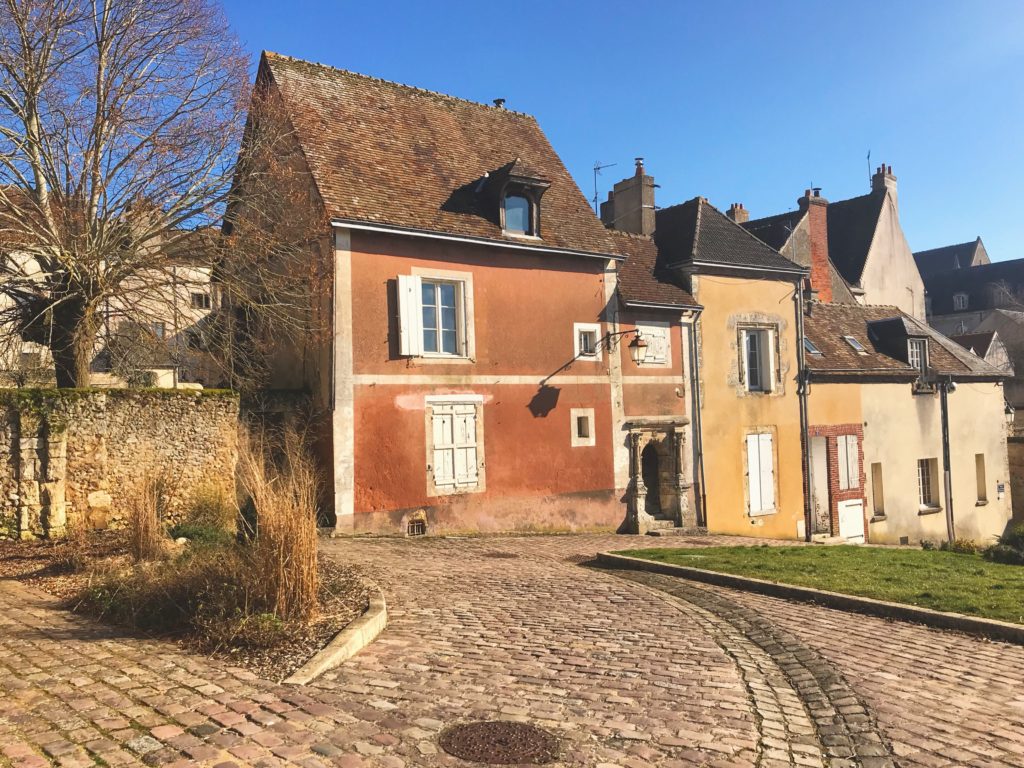
If you head towards the Parc du Perche, you will find Nogent-le-Rotrou. This town was once the capital of the territory known as “the Perche forest”. The town was inaccessible surrounded by so much vegetation and, at the same time, it was protected by the “Château Saint Jean” as it is situated on the top of the hill.
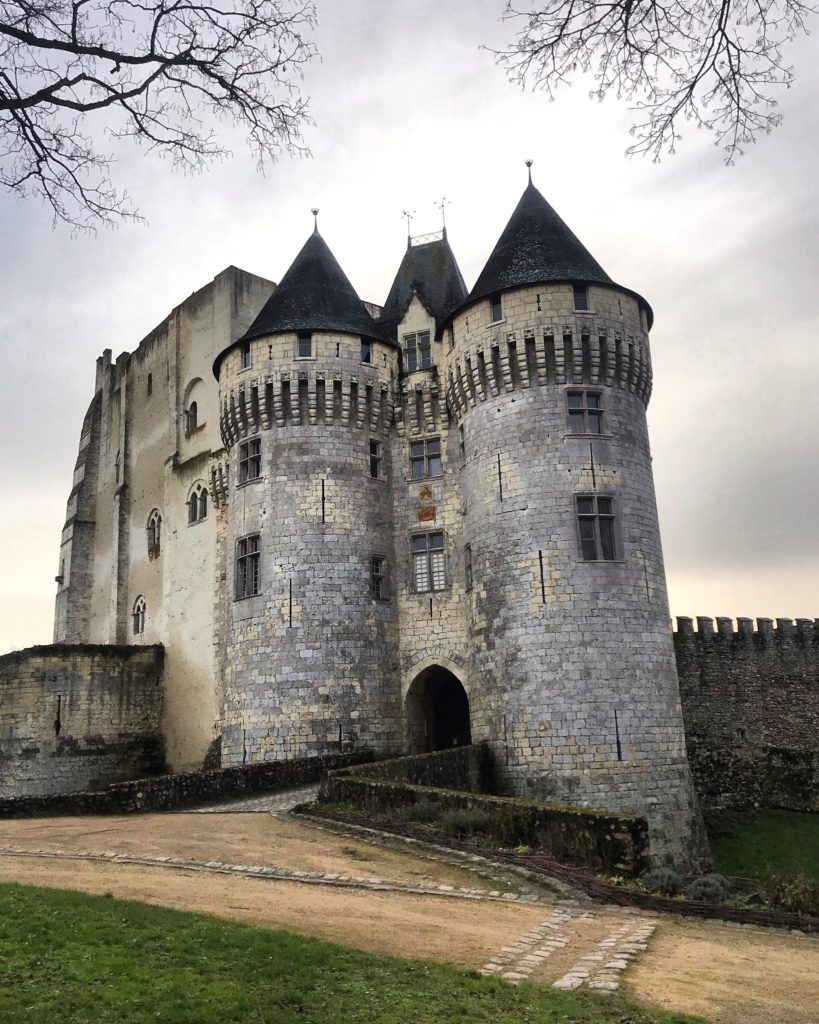
If you pass through the village of Cloyes-sur-le-Loir you cannot leave without taking a guided tour of the “Château de Montigny-le-Gannelon”. It is a beautiful renaissance castle and the owners are charming, it is really worth it.
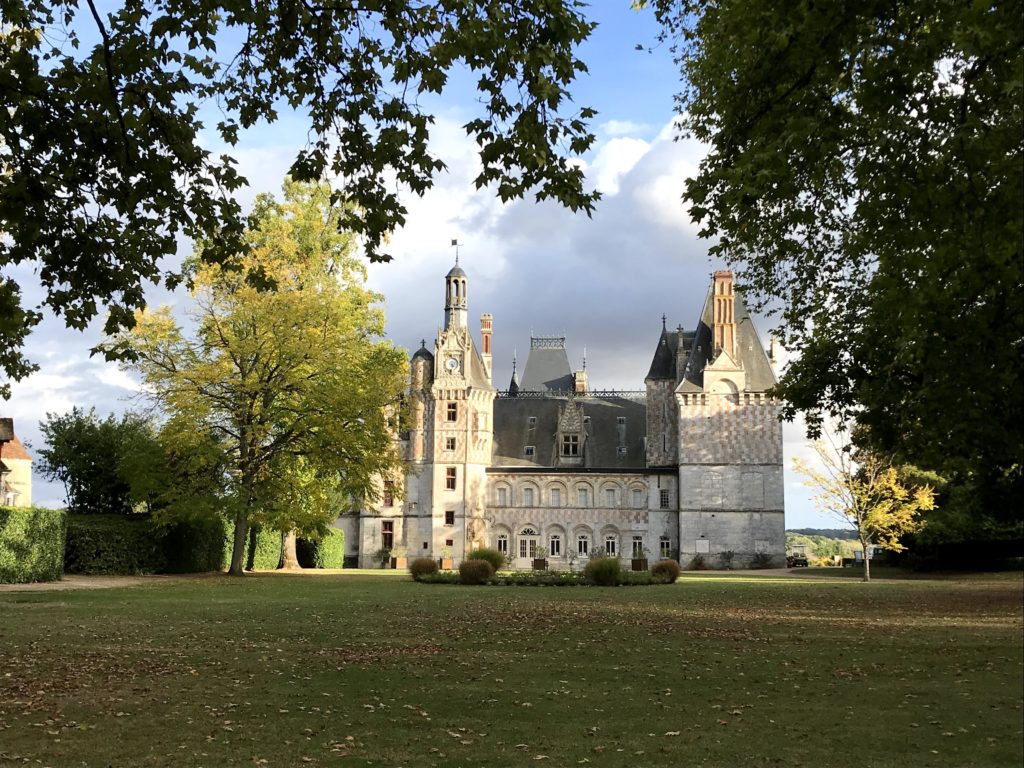
History of Eure-et-Loir
As a Spaniard myself, I found interesting the link of this department to the moment in Spain’s Franco history during his dictacture. During just 11 days on the winter of 1939, around 2100 Spanish refugees fled Franco’s victory and arrived in Eure-et-Loir.
The Châteaudun prison and the Lucé camp were opened to accommodate them but, as this was not enough, farms, abandoned houses, rural reception centres had to be used in some 53 villages. Most of the refugees were women and children who needed to be quarantined and vaccinated. The serious cases were taken to hospitals in Châteaudun and Chartres, but there were so many refugees that gymnasiums had to be converted into rehabilitation rooms. Many of them did not want to return, so by the end of the year there were still the half staying between Dreux and Lucé. The centres did not close definitively until June of the following year.
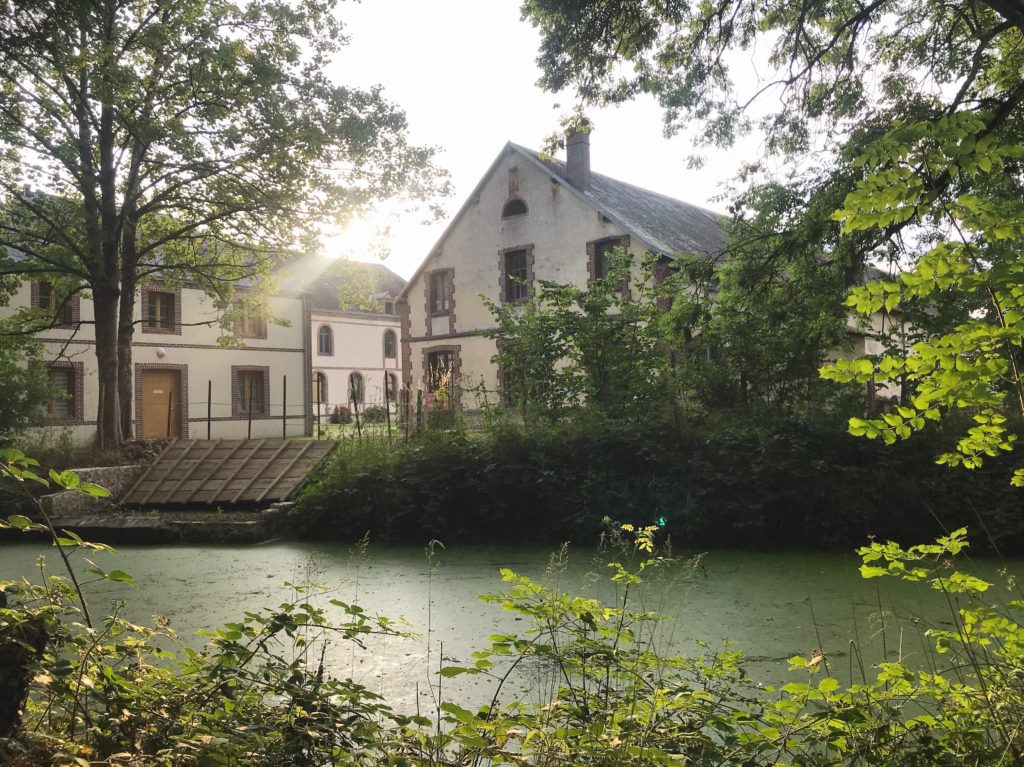
Gastronomy of Eure-et-Loir
In Eure-et-Loir you will find “La feuille de Dreux”. It is a cow’s milk cheese covered with chestnut tree leaves. The leaf is used to separate the cheeses and prevent them from sticking together when they are piled up, as well as giving a rustic appearance.
The craft beer “L’Eurélienne” is produced here. There are many types of this beer and it has already won several prizes in France.
If you want to discover local products grown according to the department, this website can help you. Here is a link to those of the Eure-et-Loir https://www.keldelice.com/guide/eure-et-loir/specialites
Other addresses
- You can do a tour through the wheat fields of the Beauce.
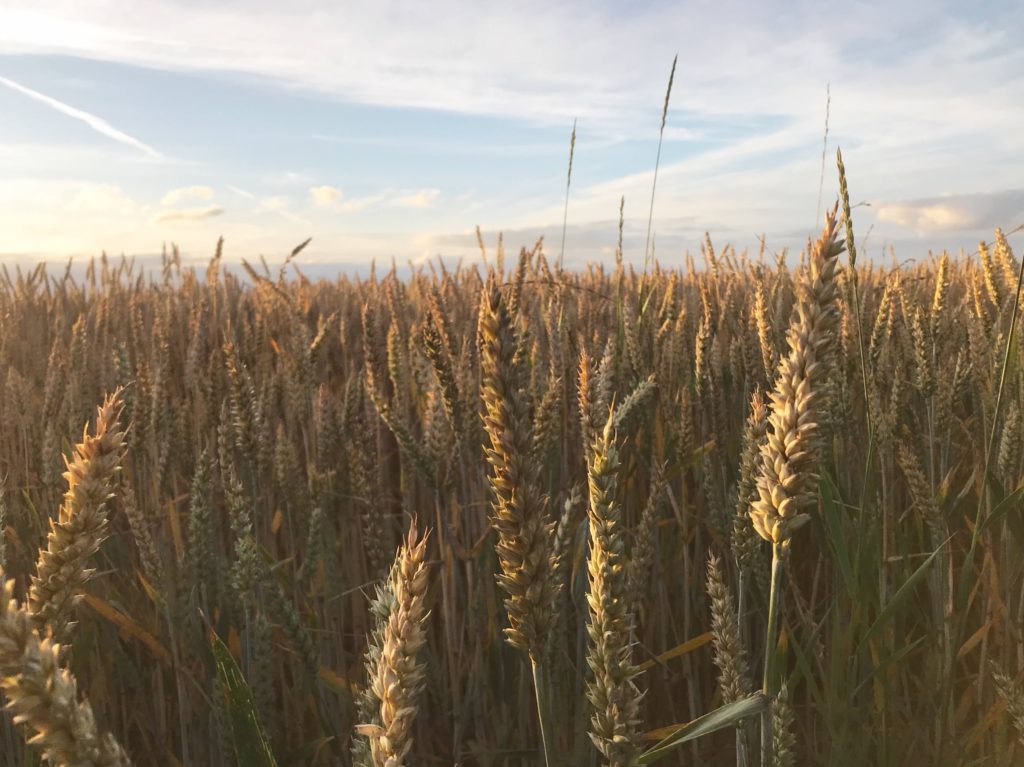
2. If you pass through Chateâudun, the Foulon caves are a journey through time. They are the only caves in the world open to the public where you can see “marine geodes”. These rocks with precious stones inside were created from animals such as sponges that fossilised thousands of years ago… Here is another link about the place: http://www.grottesdufoulon.sitew.com/
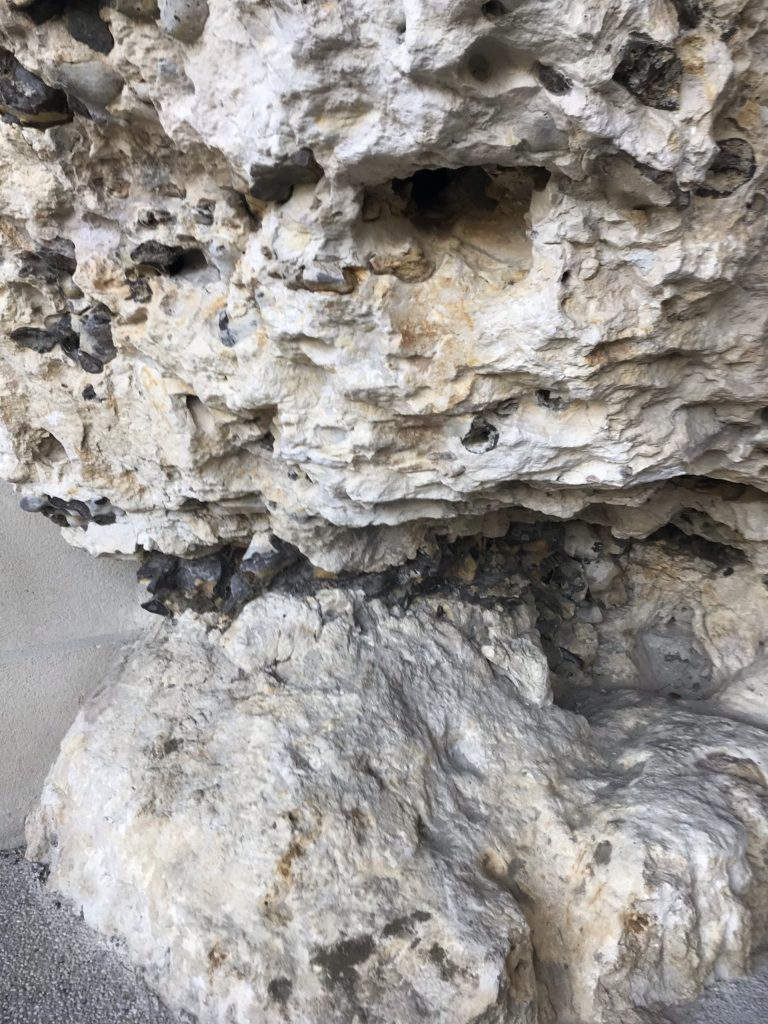
3. If you have read “In Search of Lost Time” by Marcel Proust, you can visit Aunt Léonie’s house. Visiting it will make you relive the story of the book. Proust spent his childhood holidays between 1877 and 1880 in this house, which he describes in his book as a souvenir. Don’t leave without eating the famous madeleine in one of the village cafés.
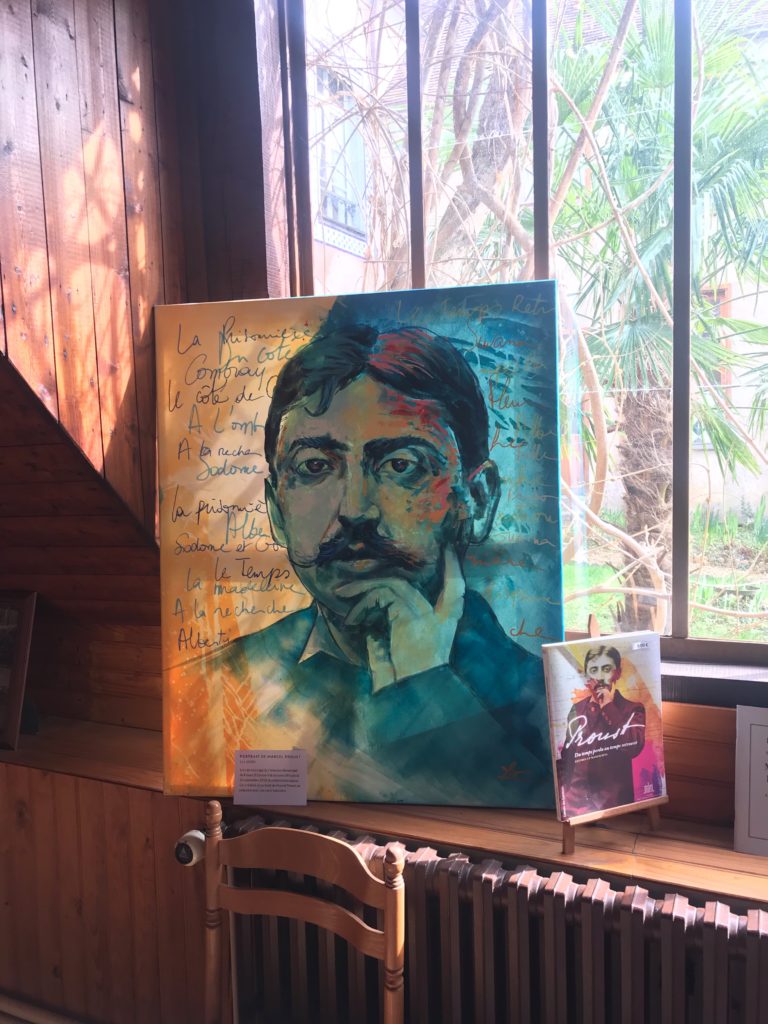
Marcel Proust 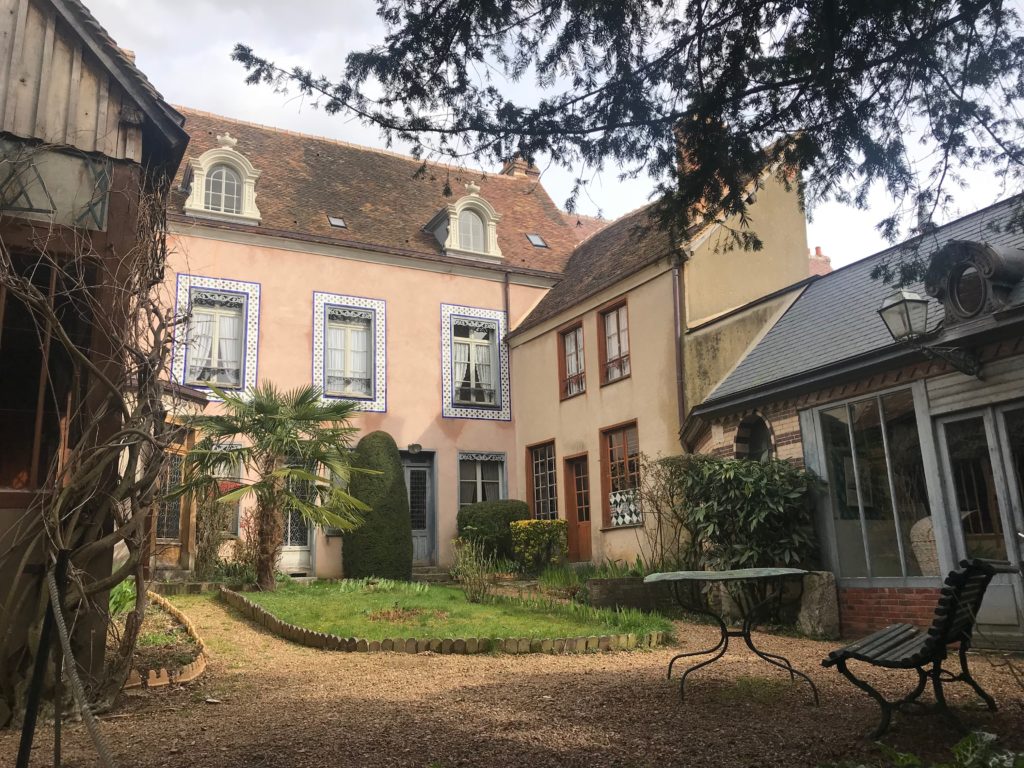
Maison de Tante Léonie
5. Other places I don’t know that seem to be good are the Royal Chappel at Dreux, the village of Bonneval, the Château de Frazé or the Château d’Anet.
1 thought on “Eure-et-Loir”